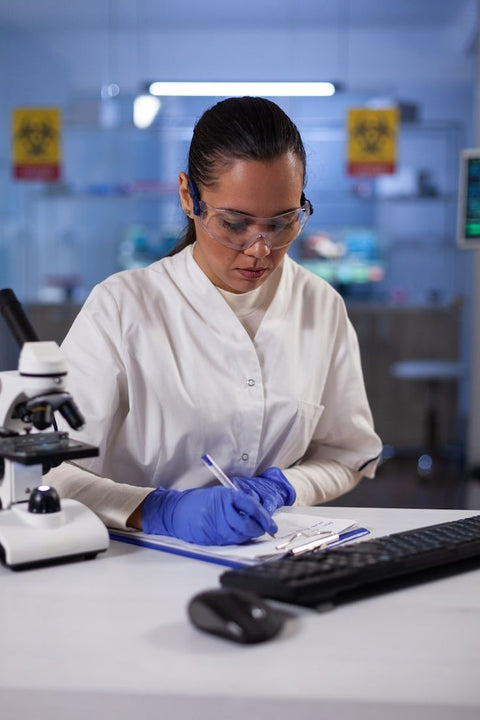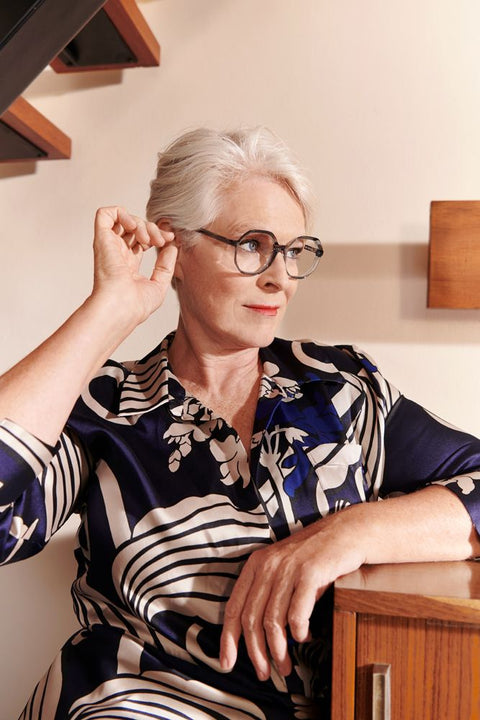The International Day of Women and Girls in Science, celebrated annually on February 11, seeks to highlight and promote the full and equal participation of women in science.
This day was proclaimed by the United Nations General Assembly in 2015, recognizing that science and gender equality are fundamental to sustainable development and that women continue to face significant barriers to participation in STEM (science, technology, engineering, and mathematics) disciplines.
The history of science is replete with crucial contributions made by women who, in many cases, did not receive adequate recognition due to gender discrimination. From the time of ancient Greece to the present day, women have fought against social restrictions to contribute to the advancement of knowledge.
The International Day of Women and Girls in Science is an opportunity to reflect on the challenges women face in this field and to recognize their historical and current contributions. Although significant progress has been made, much remains to be done to achieve true gender equality in science.
Promoting women's participation in science is not only a moral imperative, but also a necessity for global progress . Diversity of perspectives and experiences enriches scientific work and accelerates the pace of discovery. By breaking down the barriers women face, we will be building a more equitable and prosperous future for all.
Women whose discoveries were attributed to men
One of the most paradigmatic examples is the case of Rosalind Franklin . This British scientist played a fundamental role in the discovery of the structure of DNA thanks to her X-ray diffraction photograph known as "Photograph 51." However, it was James Watson and Francis Crick who received the Nobel Prize in 1962, while Franklin was not mentioned. Her work was essential for them to be able to construct their double helix model, but her contribution was not recognized until years after her death.
Another significant case is that of Lise Meitner , an Austrian physicist who collaborated with Otto Hahn in the discovery of nuclear fission. Despite her essential theoretical contribution, the 1944 Nobel Prize in Chemistry was awarded exclusively to Hahn. Meitner was ignored by the Nobel Committee, even though many of her colleagues acknowledged that without her work the discovery would not have been possible.
Similarly, the work of Jocelyn Bell Burnell , who discovered the first radio signals from a pulsar while a PhD student, was attributed to her supervisor, Antony Hewish, who was awarded the Nobel Prize in Physics in 1974. Bell Burnell was not included in the award, despite being the original author of the discovery.
The impact of these injustices
These examples illustrate how women have been systematically excluded from official recognition for their contributions to science. This lack of visibility is not only unfair but also reinforces stereotypes that discourage future generations of women from pursuing science . The fight for gender equality in science is not only a matter of historical justice, but also of ensuring that everyone's talents are fully utilized.
Some outstanding contributions of women in science
Despite the barriers, many women have made fundamental contributions to science. For example, Marie Curie is one of the most renowned scientists, being the first person to win two Nobel Prizes in two different disciplines: Physics and Chemistry. Her work on radioactivity paved the way for advances in medicine and energy.
Another notable figure is Ada Lovelace , who is considered the first programmer in history. In the 19th century, Lovelace worked with Charles Babbage on the Analytical Engine and wrote the first algorithm intended to be executed by a machine.
In the field of biology, Barbara McClintock was an American geneticist who discovered transposable elements in DNA, revolutionizing our understanding of genetics. She was awarded the Nobel Prize in Physiology or Medicine in 1983, a recognition that came to her during her lifetime.
What are the current barriers to women in science?
Although progress has been made, women remain underrepresented in many scientific fields and face inequalities in salaries, research funding, and leadership opportunities. According to UNESCO, Only 30% of researchers worldwide are women , and rates are even lower in fields such as artificial intelligence and computing.
Gender stereotypes also continue to be an obstacle. From an early age, girls face messages that lead them to believe that math and science are not "for them." This translates into a lower representation of women in STEM careers and, consequently, at the highest levels of these disciplines.
Initiatives to promote equality
To address these inequalities, various initiatives have been implemented globally. Programs such as UNESCO's "Women in Science" and the L'Oréal Foundation seek to support female scientists through scholarships, mentorships, and research opportunities.
In addition, many universities and institutions are adopting inclusion policies to increase the participation of women in their academic and research programs. This includes the creation of support networks, training workshops, and awareness-raising campaigns to challenge prejudices.
The role of education and culture
Education plays a crucial role in transforming perceptions of women in science. Fostering girls' interest in STEM disciplines from an early age and providing role models can make a huge difference. Showcasing stories of successful women scientists and highlighting their achievements in school curricula can inspire girls to pursue their dreams in science.
Culture must also evolve to value and celebrate women in science. Media, film, and literature have the power to challenge stereotypes and present a more diverse and inclusive image of the scientific field.
References
-
UNESCO. (2021). "The gender gap in science." https://unesco.org
-
López-Alegría, C. (2020). "Women in Science: Invisible Stories." Scientific Publishing.
-
https://www.unesco.org/reports/science/2021/es/dataviz/women-share
-
https://www.unesco.org/es/articles/convocatoria-premio-loreal-unesco-2024-mujeres-en-la-ciencia
Madequea - Madecua




Comments (0)
There are no comments for this article. Be the first one to leave a message!